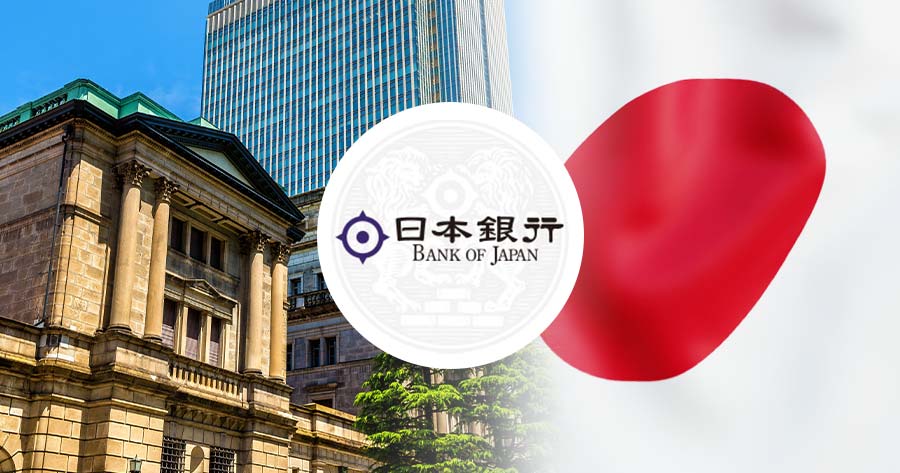The Bank of Japan’s (BOJ) Governor Kazuo Ueda said on Friday that inflation in Japan is advancing steadily toward the bank’s 2% target, but warned that global uncertainties could curtail wage growth and complicate the timing of a potential interest rate hike.
In remarks to business executives in Osaka, Ueda affirmed the BOJ’s commitment to further rate increases, provided that the economy and prices continue to develop in line with the bank’s expectations. Meanwhile, he drew attention to the weakening labor market in the United States and the prospect of higher U.S. tariffs undermining Japanese corporate profits.
There is a risk that, in such an uncertain external environment, Japanese companies may focus more on cutting costs and become more reluctant to raise wages, which could reduce the impact that price increases have on wage growth, according to the governor.
Developments in the U.S. economy and American interest rate decisions remain critical for Japan’s economic outlook and inflation trend. These international factors will continue to be closely monitored by the Bank of Japan.
Following these remarks, the Japanese yen declined 0.2%, trading at 147.60 per U.S. dollar, as some financial market participants saw Ueda’s comments as signaling a lower likelihood of an imminent rate increase.
Investors have been watching for signs from Ueda of when the BOJ might next raise interest rates, particularly after a pause due to uncertainty related to the economic consequences of recently introduced U.S. tariffs.
The BOJ’s September policy meeting revealed a board divided between members, leading markets to assign more than a 60% probability that the central bank will boost rates from 0.5% to 0.75% at its meeting scheduled for October 29-30.
Ueda observed that, for now, Japanese companies have been able to cope with the impact from U.S. tariffs, in part because healthy profits from recent years have provided them with a financial cushion. He also indicated that core inflation—measured without one-off factors—remains on track to strengthen towards the BOJ’s target, stepping back from any suggestion that inflation might falter temporarily in light of higher food prices.
The governor concluded that the BOJ would conduct a careful examination of both the upside and downside risks to its baseline scenario before taking any additional policy steps.
Since ending its decade-long stimulus program last year and increasing interest rates to 0.5% in January, the BOJ has signaled that while inflation has remained above 2% for more than three years, raising borrowing costs must be approached cautiously, to make sure price increases are sustained by wage gains and robust domestic demand.





